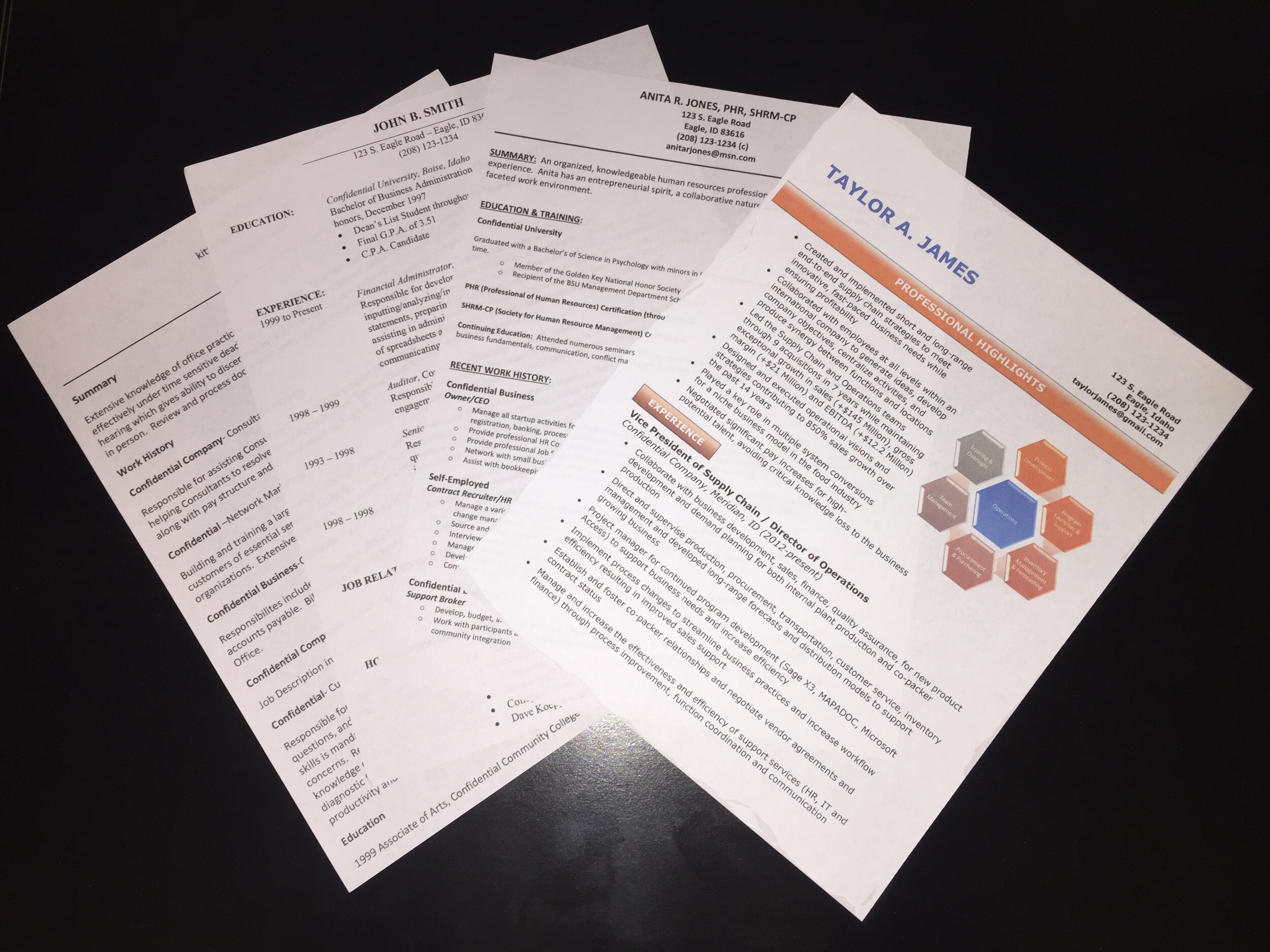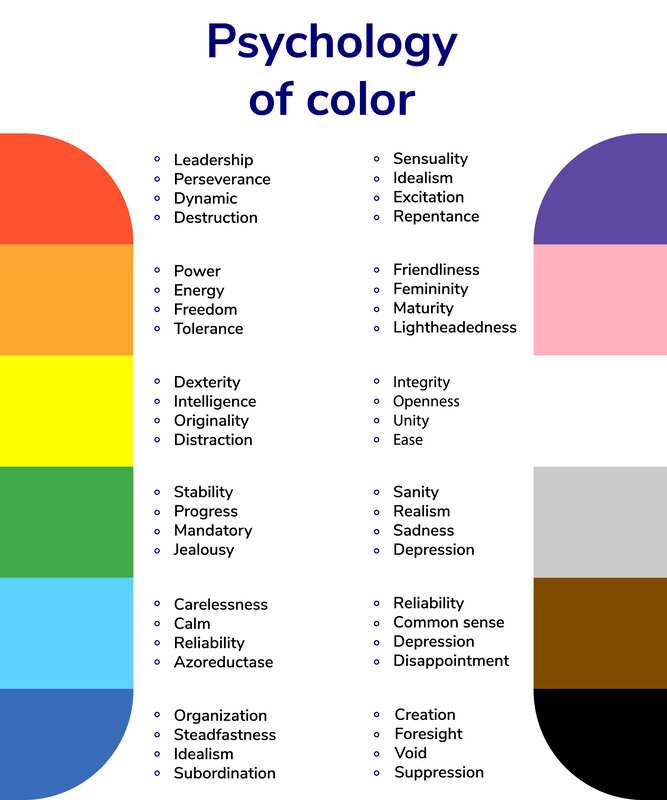For a long time the belief has been that a professional resume should be black and white. While this remains true in very conservative fields and those that require a CV, most other professions have shifted to accepting (and even preferring) resumes with color. Why?
Resumes with color stand out from the rest.
Companies receive on-average about 100 resumes per open position. While there is a small change that your resume may be screened by an Applicant Tracking System (ATS), it will almost always reach human eyes at a certain point in the process. While Recruiters claim color doesn’t influence them, there is ample data to show that humans ARE influenced by color. If you don’t believe me, take a look at this image and think about which resume you would want to read first. In a nutshell, color can differentiate your resume.
Color psychology and human nature.
Science has found that we can impact the perceptions and behaviors of others through color. Marketers utilize this psychology to influence consumer impressions and purchasing habits all the time. A study by Emerald Insight found that people make up their minds about brands and products within 90 seconds and 62%-90% of this assessment is based on colors alone. Colors can increase appetite, enhance mood and even calm negative emotions. Colors can also convey brand “personality”, as discussed in a Journal of Marketing Research article. As a candidate, you can utilize these color insights to your advantage.
Your professional brand is more memorable in color.
According to Forbes, color improves brand recognition by up to 80%. A study in the Malays Journal of Medical Science also found that color can improve memory performance, including attention and information retrieval. By using the same design and colors across all of your candidate documents, you can leave a lasting impression with a hiring authority.
Content consumption preferences are significantly trending toward visual elements.
Recruiter and hiring manager behavior has long followed consumer content consumption trends (after all, they are consumers too!) According to the Social Science Research Network, about 65% of the population are visual learners. When considering this alongside the fact that text with images gets 94% more views and visuals are processed 60,000 times faster than text, you start to understand how elements like color and infographics can give you an advantage as a job seeker. Recruiters typically give a resume an initial 7-second skim before determining whether or not to read the entire document. If you can capture their attention up-front, your odds for securing an interview increase. Strategically used color and graphics can help highlight your most compelling qualifications and assist a screener in realizing your full value proposition.
It’s how top executives land C-level positions.
C-suite executives know a thing or two about presentation and capitalizing on limited time. Most recognize the ROI of paying a professional Resume Writer to develop their career search documents and often invest $2,000 or more for these services. Nearly every C-level resume that I have seen in the past 5 years has incorporated some color. The majority have also included infographics. If they find value in these elements, shouldn’t you?
There are always exceptions.
While I hope you feel we have made a compelling case for using color in a resume, there are still fields and industries that view color as unprofessional. The number decreases every year, but until 100% of employers and hiring managers appreciate color, it’s important to either research yourself or consult with a professional about color use within your field.
Content is always king.
If you aren’t qualified for the role, color and graphics won’t help. It’s essential that your document clearly and concisely conveys your qualifications and skills for the role. This is, by far, the MOST important part of resume writing.







